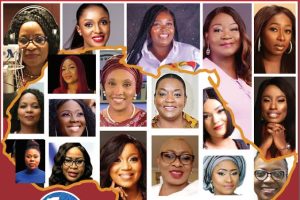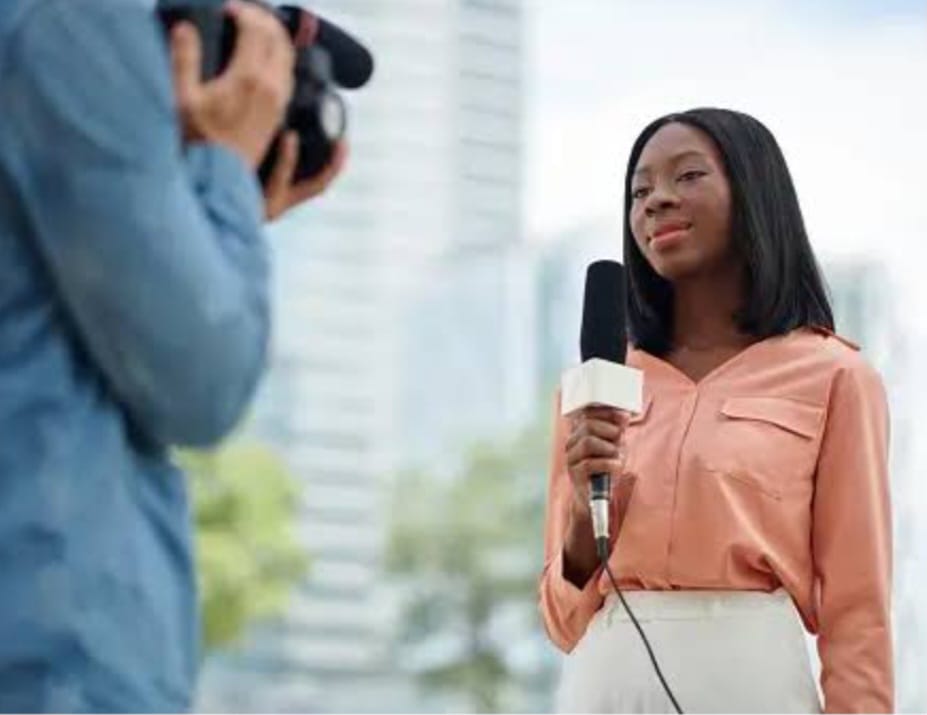▪️ Statistical data the WSCIJ unveiled about female presence In newsrooms, leadership Positions + does-it-really-matter reactions by professionals
A study tagged, “Who leads the newsrooms and news? A report on women’s representation newsrooms and news leadership in Nigeria,” has been published, bringing to the fore, the reality of the ongoing conversations across the globe on issues relating to gender disparity in the media industry.
Platforms Africa reports that outcome of the research launched by Wole Soyinka Centre for Journalism (WSCIJ), released on Thursday the 15th of February 2024, demanded intentional bridging of the gender disparity.
“The study revealed that women’s representations in media leadership are low across the four media genres. Women accounted for 25.7% of leadership positions, while men dominated with 74.3%. Print and online platforms exhibited the lowest representation of women at 4.6% and 5.5% respectively, while radio and television showed slightly better representation at 9.2% and 6.5% respectively,” the study states.
READ ALSO
BREAKING: Walter Mazzarri Sacked As Napoli Head Coach
BREAKING: Emerse Fae Named Ivory Coast Head Coach After AFCON Triumph
Cement Price To Drop As Nigerian Govt Parleys Manufacturers
BREAKING: OAU Loses Staff To Lion Attack
It continues; “Geographically, the Southwest and North-Central had the most women in leadership positions, but they ranked lowest in percentage representation. The Northwest and South-South led in gender-balanced leadership with 31.2% and 28.5% representation respectively.”

Similarly, in terms of news representation, the study discovered that women were inadequately represented. Only 24% of anchors and authors were women, with men making up 76%. Men also dominated as expert resource persons or guests, comprising 87.9%, while women constituted just 12.1%. Furthermore, only 7.1% of news focused on women, while 92.9% covered other angles.
Reactions To Report
According to the WSCIJ, “To foster a more diverse and equitable media landscape, proactive measures are needed to enhance gender inclusivity and empower women within the industry.”
Director of Daily Trust Foundation, Dr Theophilus Abbah, who reviewed the 90-page research document, opined that it provided evidence of the lop-sidedness in the media industry, stressing that “it holds a mirror to the face of media owners, media executives, and newsroom leaders, showing an error that needs to be corrected and mistake of gender imbalance in the news business.
“A mistake because there are no gender norms in the media business. Nowhere are we told what roles are reserved for men or women in the media business, unlike in other areas in our cultural experiences.”
Deputy Editor of The Eagle Online, Ms Juliana Francis, a member of the team of journalists and media managers who collected data on the gender composition of the board and management of 111 media organisations that gave birth to the report, said she was proud to be a part of it, despite challenges encountered while gathering the data.
READ ALSO
Oyo Youths Protest High Cost Of Living
Exchange Rate: NERC To Increase Price Of Prepaid Meters
Cristiano Ronaldo Overtakes Lionel Messi In Unique Goals Tally
Nigerian Breweries Suffers N153bn Forex Loss Over Naira Devaluation
Executive Director of Media Career Development Network, Mr Lekan Otufodunrin, reacting to arguments that there are not enough women in the newsrooms and management positions because of the job demand, especially working late hours, said technology has taken care of mundane excuses.
He noted that one major problem confronting the media industry concerning the underrepresentation of women in the newsroom is that of having many females in mass communications classrooms across schools, yet such numbers are not reflected in newsrooms. He described the situation as “a crisis.”
Otufodunrin, who lectures at the Nigerian Institute of Journalism (NIJ) in Ogba, Lagos State, said that many female students studying mass communication, do not have the intention of becoming journalists.
The Executive Director of WSCIJ, Mrs. Motunrayo Alaka, explained that the report was the fifth done by the Centre on issues relating to gender.
According to Alaka, these reports have been used to engage media leaders, especially under WSCIJ’s House-To-House, which entails going to media houses with the reports.





